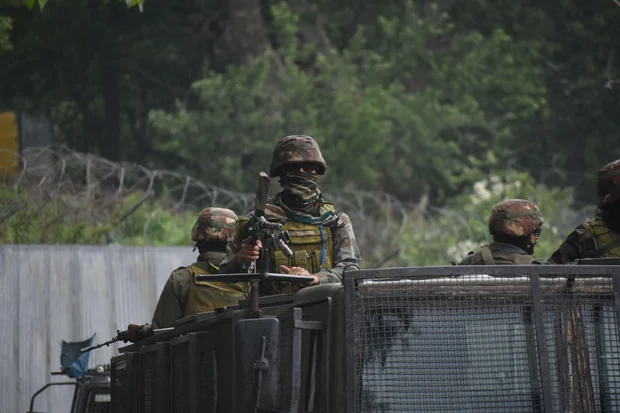Tensions between nuclear-armed neighbors India and Pakistan have flared once again, pushing the two South Asian rivals closer to the brink of war.
The long-running dispute over the region of Kashmir, a picturesque yet politically volatile territory, remains at the heart of the unrest.
A History of Hostility
The Kashmir conflict dates back to 1947, when British colonial rule ended and the Indian subcontinent was partitioned into Hindu-majority India and Muslim-majority Pakistan. The princely state of Jammu and Kashmir, then ruled by a Hindu maharaja but with a majority Muslim population, became the flashpoint. The maharaja chose to join India, prompting military intervention from Pakistan. The result was the first of three wars fought over Kashmir, with the region eventually being divided between the two nations by a United Nations-brokered ceasefire line, now known as the Line of Control (LoC).
Since then, both countries have claimed Kashmir in full but control only parts of it. India controls Jammu and Kashmir (now reorganized into two union territories: Jammu and Kashmir and Ladakh), while Pakistan administers what it calls Azad Jammu and Kashmir and Gilgit-Baltistan.
Recent Flashpoints
A series of skirmishes and militant attacks in the Indian-administered Kashmir Valley sparked the latest escalation. India blames Pakistan for supporting and arming militant groups that cross the LoC to launch attacks, a charge Pakistan denies, instead calling the groups “freedom fighters” seeking to end Indian “occupation.”
In 2019, India revoked Article 370 of its Constitution, which granted special autonomy to Jammu and Kashmir. The move triggered outrage in Pakistan and led to increased cross-border shelling, diplomatic rifts, and heightened military posturing. Pakistan downgraded diplomatic ties, suspended trade, and raised the issue at international forums.
The Human Cost
Both sides continue to exchange artillery and gunfire along the LoC, with casualties reported regularly. The region remains heavily militarized, with millions of civilians caught in the crossfire. Security crackdowns, curfews, communication blackouts, and human rights concerns have further deepened the crisis.
Global Concerns
The potential for war between India and Pakistan, both of which possess nuclear weapons, is a matter of serious international concern. The United Nations, United States, China, and other global powers have called for restraint, dialogue, and a peaceful resolution to the conflict.
However, both governments have shown little appetite for meaningful negotiations. Nationalist sentiments, electoral politics, and strategic rivalries continue to shape their hardened positions.
What Lies Ahead
Unless both sides return to the negotiating table, the Kashmir issue is likely to remain a dangerous flashpoint in South Asia. With each fresh provocation, the risk of a wider, deadlier conflict grows and so too does the urgent need for diplomacy over violence.
CBS.








